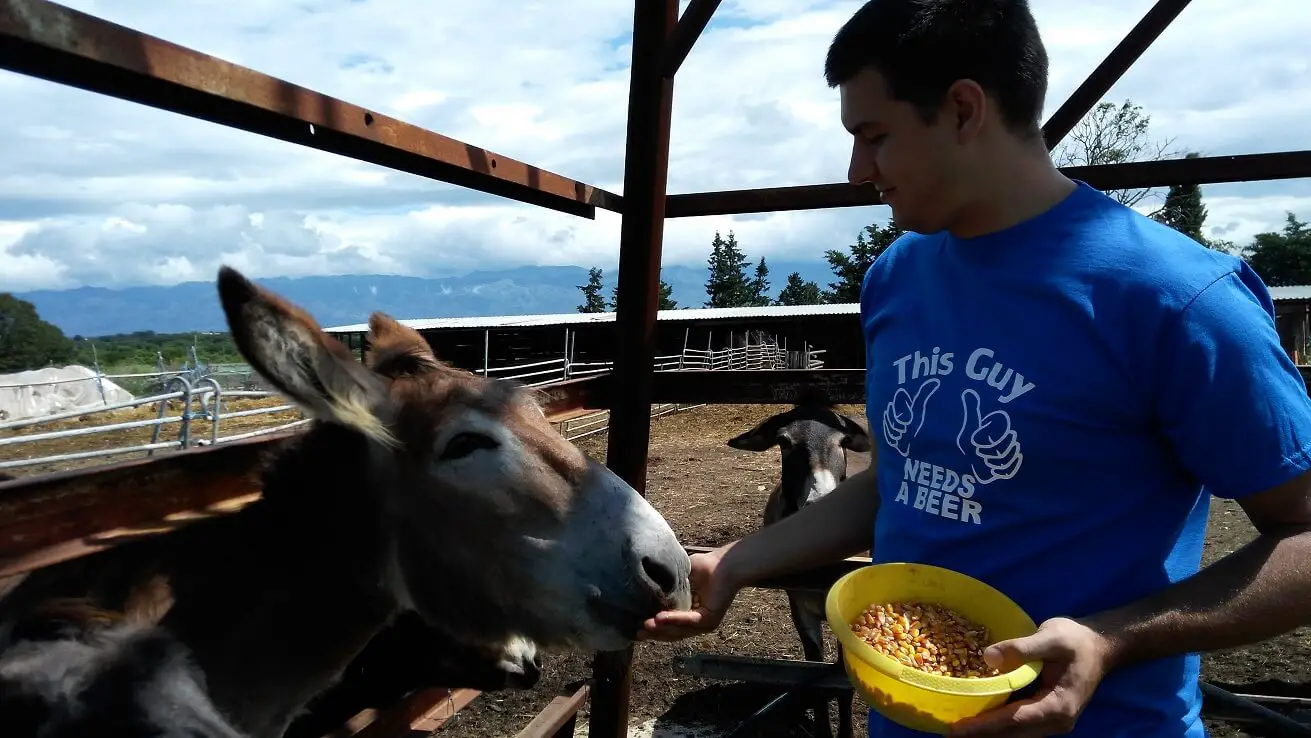
“Kleine Pferde mit Ohren” was the definition for donkey in my opinion in German. Along with this words, I also considered fitted two fingers raised above my ears. Fortunately for me, the older man I asked understood exactly what I wanted. About 10 minutes later we were in front of the donkey farm next to Briševo, Dar-Mar. For those of you who never learnt German, I asked the man about “little horses with ears”, struggling to remember the word for donkey and realizing how poor my German skills are. I really have to work on them.
Every time I am asked about my trip in Croatia I tell them about this place. I grew up in a city, so being close to animals is something funny and interesting to me. Maybe those that grew up surrounded by animals, won’t find this place amazing, but if you like animals and want to see what a farm of donkey looks like, I recommend you to visit this place.
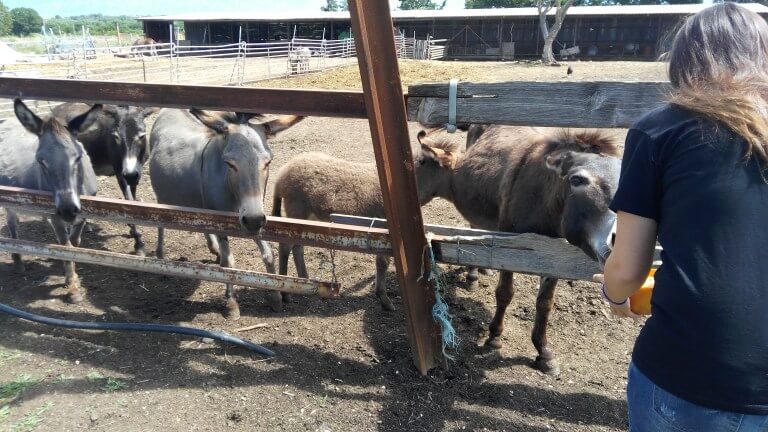
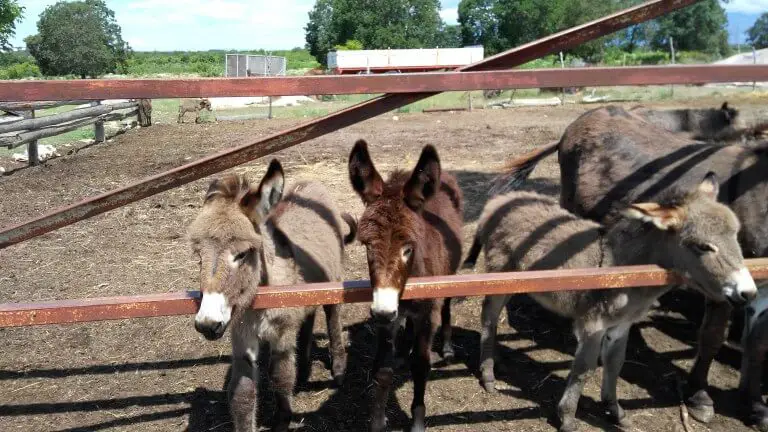
How to get there
I’ll tell you how to get there in case you want to, as Briševo is pretty small and you might not find many people on your way and they might not speak English. The village is very close to Zadar, just about 12 km, or the beautiful Nin, 15 km. After you exit Briševo, at the first crossroad you have to go right. The crossroad is pretty far, and might give the impression that you missed the way, but don’t worry. After driving 500 m more, you will get in front of the farm. You will recognize it due to the big donkey head out of fiber glass above it. It’s perfectly located to make it part of a Croatian road trip.
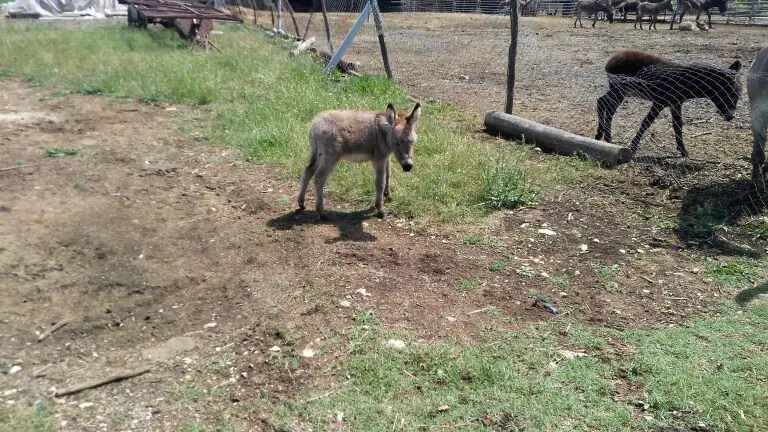
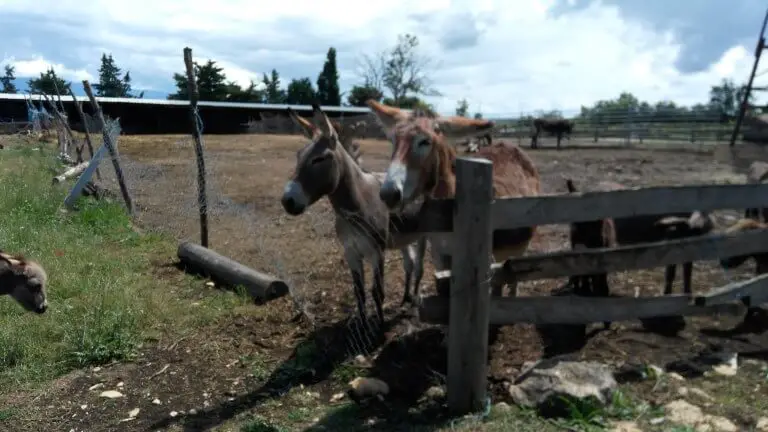
What to do there
The people at the farm will give you for 10 kuna (1.3 euro) a bowl with maize and you can go feed the donkeys. They are pretty friendly and they will come to you as soon as they see the bowl in your hands. They didn’t seem bothered by the fact that they did not know us. You can caress them, try to feed a particular donkey (this will be impossible, but you can still try) and watch the other animals at the farm (rabbits, turkeys, ducks). The man that gave us the bowl did not seem to speak any language we did. However, if you can find a communication path, maybe you will even get to taste the sweet donkey milk.
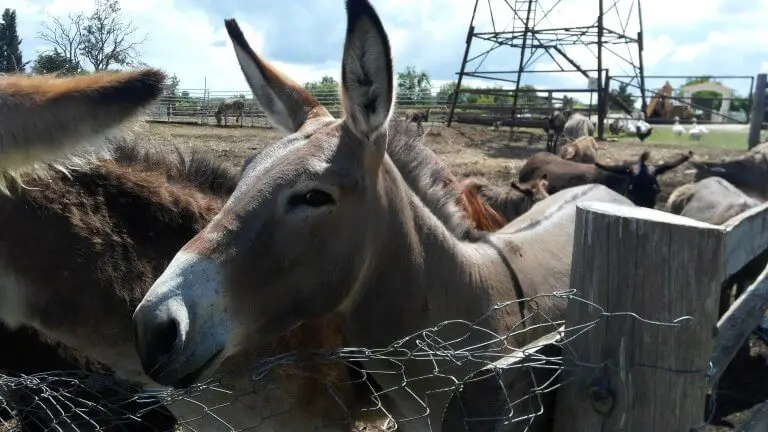
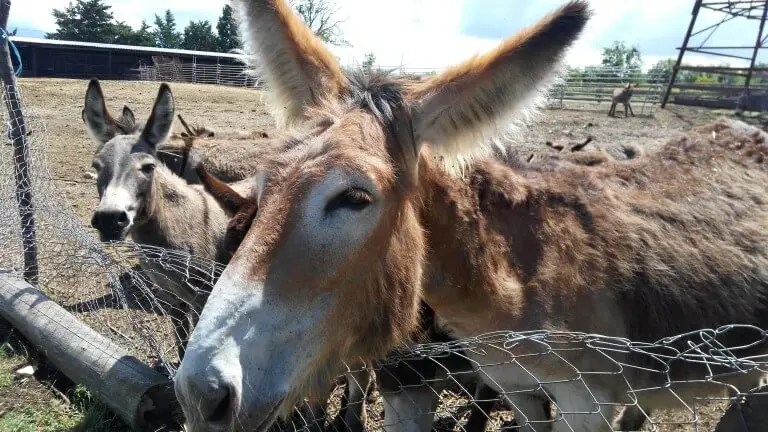
More about the croatian donkey
There are three different donkey species in Croatia: Littoral-Dinaric type, Northern-Adriatic type and Istrian type. All three are endangered now. The donkeys are not so common in Dalmatia as they used to be. In 1937, there were 40 000 in Croatia, but in 1998 there were only 8 000 left, 1 000 of them in the coastal region of Dalmatia. In the past donkeys have been used as working animals, but nowadays they are used for leisure, touristic purposes, field riding programs, meat and milk production. Donkey milk has long been well known for treating illnesses of children, such as whooping cough, or as a substitute for mother’s milk.
In the end, I don’t think I’ll ever forget what “Esel” means.
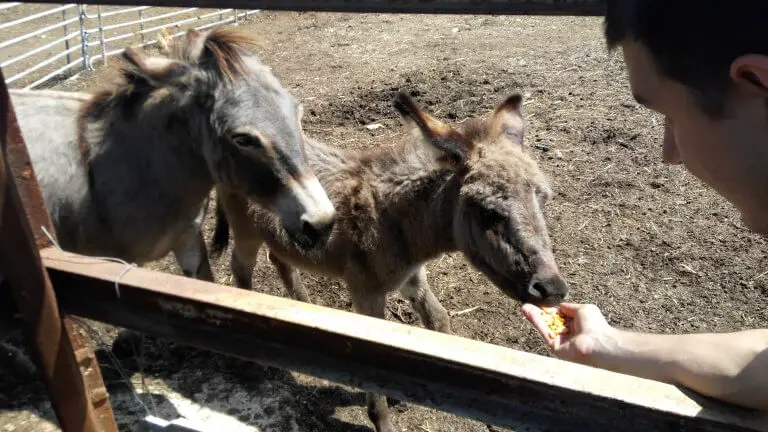
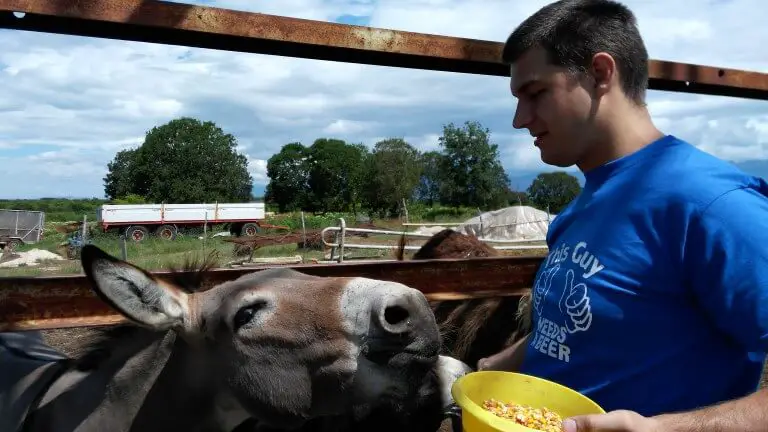
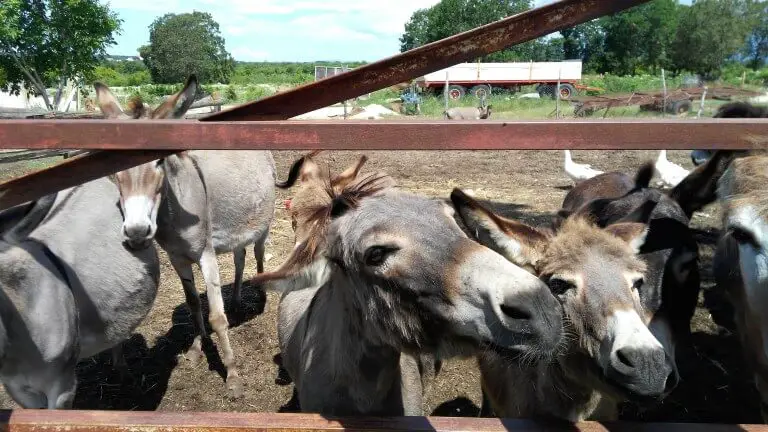
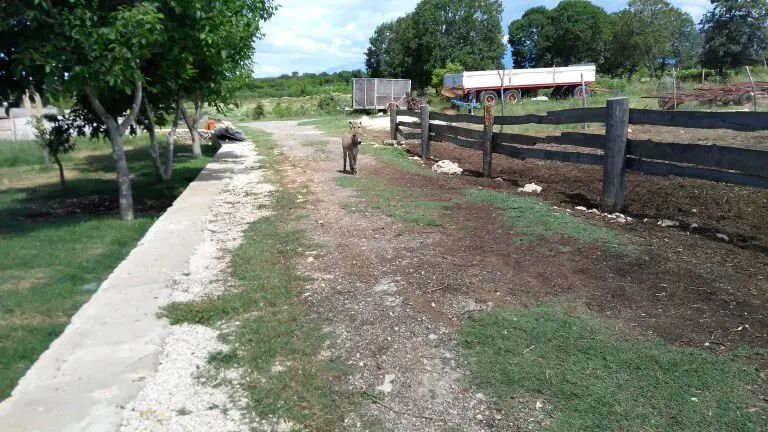
What was the strangest “definition” that helped you find a place?
Travel With A Spin contains affiliate links. If you make a purchase through these links, I will earn a commission at no extra cost to you. Thanks for reading!
